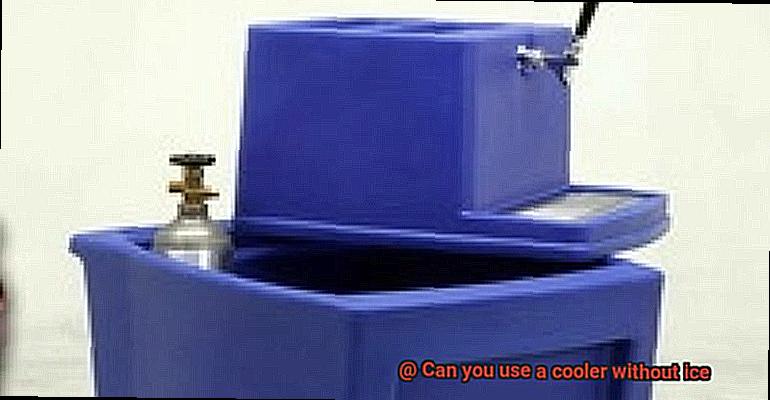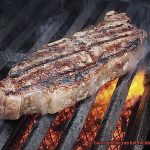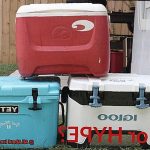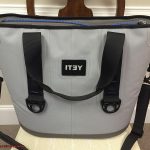Are you tired of constantly buying bags of ice for your cooler?
Did you forget to pack ice for your camping trip? You don’t actually need ice to keep your food and drinks cold in a cooler.
While ice is commonly used in coolers, there are other alternatives that can do the job just as well. From pre-chilling your items to using dry ice, these options can save you both time and money.
However, it’s important to remember that using a cooler without ice may not be suitable for every situation. Factors like outdoor temperatures, journey length, and the type of cooler you have can all affect how successful alternative methods will be.
So, can you use a cooler without ice? Absolutely.
In this article, we’ll explore different ways of using a cooler without ice and provide tips on how to make them work effectively during your next outdoor adventure.
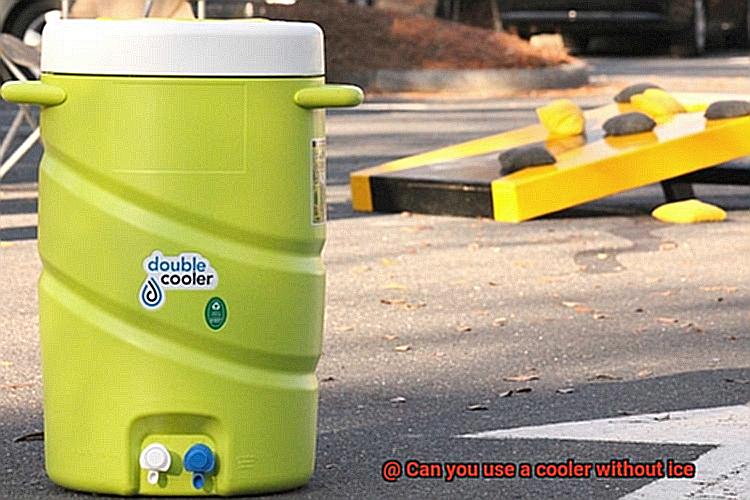
Contents
What is a Yeti Cooler?
You might have heard of the Yeti Cooler – a high-end cooler brand that has gained a reputation for its durability, ice retention, and overall quality.
But what makes the Yeti Cooler so special? For starters, Yeti Coolers are made with a process called rotomolded construction.
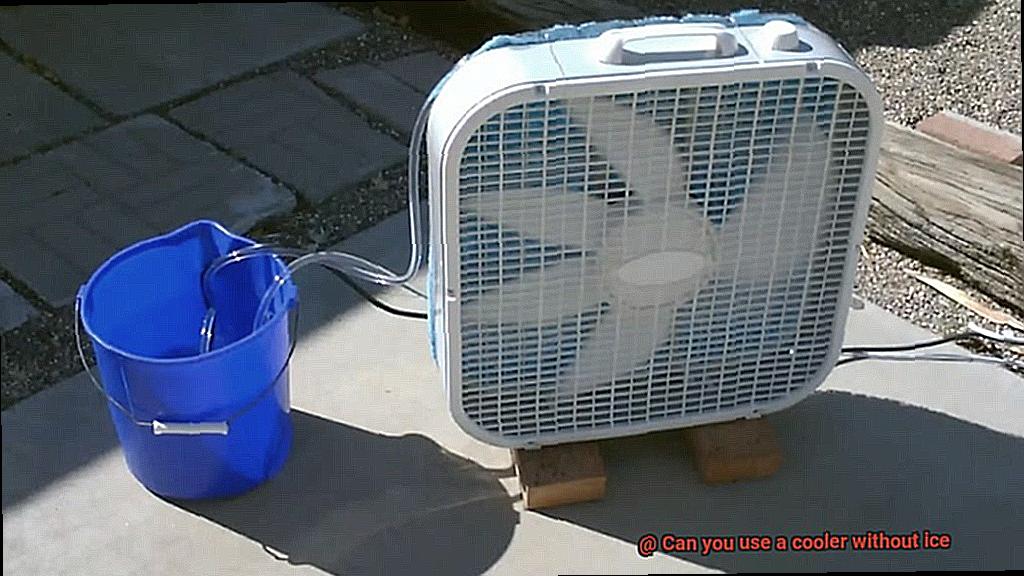
This technique results in the outer shell being one solid piece of plastic molded into shape, making it incredibly strong and durable. So whether you’re camping in the mountains or fishing on the lake, your Yeti Cooler can withstand rough handling and extreme temperatures.
Yeti Coolers come in various sizes to suit your needs, from small personal coolers to large ones that can hold up to 350 cans.
They also feature tie-down points, bearfoot non-slip feet, and T-latches that make them easy to transport and use in different environments. Perhaps the most impressive feature of a Yeti Cooler is its ice retention capabilities.
Thanks to the thick insulation in the walls and lid of the cooler, ice can last for several days or even weeks depending on the size of the cooler and ambient temperature. This means you can spend more time enjoying your food and drinks and less time worrying about refilling the ice.
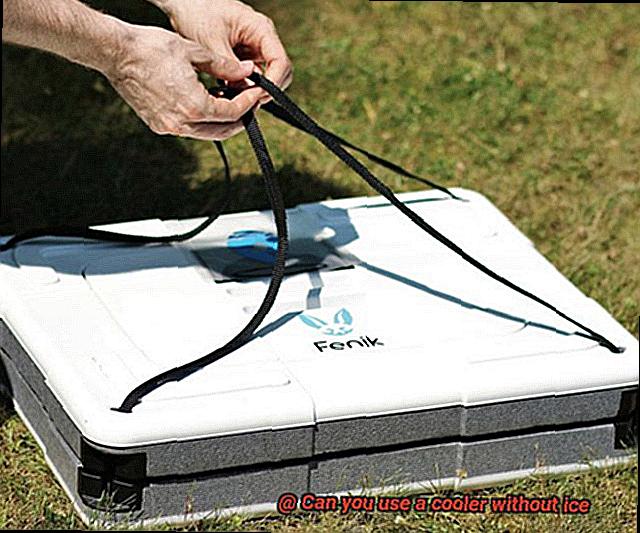
Now, some might wonder if you can use a Yeti Cooler without ice. While it’s true that Yeti coolers are designed to hold ice for extended periods, you can pre-cool your food or drinks before placing them inside or use alternatives such as frozen gel packs or dry ice.
Just keep in mind that using a Yeti Cooler without ice means it won’t perform at its best. Overall, a Yeti Cooler is a premium product designed to withstand harsh outdoor conditions while keeping food and drinks cold for extended periods.
Can you Use a Yeti Cooler Without Ice?
The answer is a resounding yes.
Thanks to its exceptional insulation properties, you can keep your food and drinks chilled for an extended period, even without ice. There are a few things to consider when using a Yeti cooler without ice.
Firstly, pre-chilling your contents before loading them into the cooler will help maximize the insulating properties of the cooler, keeping everything colder for longer. Another option is to use reusable ice packs instead of ice cubes.
These are available in various sizes and shapes and can be frozen multiple times. However, it’s crucial to keep in mind that the effectiveness of using a Yeti cooler without ice depends on several factors.
For instance, the ambient temperature, the type of contents in the cooler, and how often you open and close the lid can all affect its performance. The insulation properties will only work up to a certain point, beyond which you may need additional cooling methods.
Pros and Cons of Using a Yeti Cooler Without Ice
While it may seem like a convenient, cost-effective solution, there are pros and cons to keep in mind before making the switch.
Let’s start with the benefits.
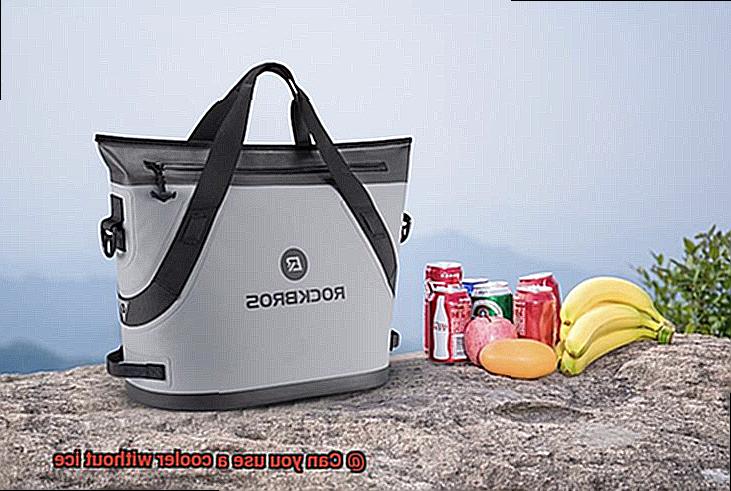
Without ice, your cooler will be lighter and easier to transport.
Plus, you won’t have to worry about constantly refilling it with ice, saving you time and money in the long run. However, there are some significant drawbacks to consider.
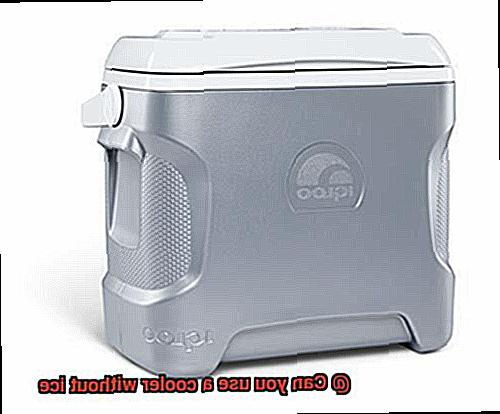
One of the biggest challenges is that your food and drinks won’t stay as cold as they would with ice. This can be problematic if you plan on using your cooler for an extended period of time or storing perishable items that require consistent cold temperatures.
Another concern is the potential for cross-contamination between different food items. Without ice to regulate the temperature, it can be challenging to maintain consistent temperatures throughout the cooler, which can lead to harmful bacteria growth.
Pre-Cooling Your Food or Drinks
Pre-cooling is a cost-effective and efficient way to keep your items cold without using as much ice. Simply place your food in the refrigerator or freezer for a few hours (or overnight) before packing them into the cooler.
This will lower the temperature of your items, reducing the amount of ice needed and extending the life of the ice that is used. Not only will pre-cooling save you money on ice, but it also provides more space in your cooler for other items.
However, it’s important to note that pre-cooling alone may not be enough to keep your items cold for an extended period. Be sure to use some ice in the cooler, but with pre-cooling, you can reduce the amount needed and make it last longer.
To ensure maximum efficiency, pack your items in a way that maximizes air circulation in the cooler. This will evenly distribute the cold air and maintain all of your items at a consistent temperature.
Whether you’re headed on a camping trip or beach day, pre-cool your food and drinks for hassle-free cooling.
Alternative Cooling Methods
There are a variety of alternative cooling methods available that can keep your food and drinks chilled without the hassle. One popular choice is dry ice.
This solid form of carbon dioxide is colder than regular ice and doesn’t melt into water, making it an excellent alternative for keeping your cooler cold without any mess. However, it’s crucial to handle it with care as it can be dangerous.
Another option is to use pre-chilled cold packs or gel packs that can be frozen and then added to your cooler. These packs can stay frozen for up to 36 hours, making them a convenient option for extended trips.
If you’re looking to save space in your cooler, consider freezing water bottles instead of using bags of ice. Not only will this keep your bottles cold, but it also provides you with a supply of drinking water once the bottles thaw out.
Alternatively, freeze food items like meat or vegetables in advance and use them as cooling agents in your cooler. For those willing to invest, some coolers come with built-in cooling technology such as electric or solar-powered coolers.
Although they may be costly, they’re an excellent option for those who want to avoid using ice altogether. In conclusion, there are several alternative cooling methods available that can be used instead of traditional ice.
Take some time to consider the advantages and disadvantages of each method before choosing one that best suits your needs and budget.
Ftm9fIgGuwE” >
Conclusion
In conclusion, the answer is a resounding yes.
While ice is the most popular cooling option for coolers, there are other alternatives that can be just as effective. These options range from pre-chilling your meals to using dry ice, and they not only save you time but also money.
It is worth noting, however, that using a cooler without ice may not be suitable for every situation. Outdoor temperatures, journey length, and the type of cooler you have can all play a role in how well alternative options work.
High-end coolers like Yeti Coolers are designed to hold ice for extended periods but can also be used without ice by pre-cooling your contents before loading them into the cooler or using reusable ice packs instead of ice cubes. While there are pros and cons to using a cooler without ice, pre-cooling your food and drinks is an affordable way to keep your frozen items cold without relying on as much ice.
Ultimately, choosing the right cooling technique depends on individual needs and preferences.

